
Does life sometimes feel like a relentless juggle, leaving you scattered, stressed, and yearning for a moment of peace? Many of us find ourselves caught in a cycle of overwhelm, grappling with responsibilities that pile up not just in our physical spaces but also within our digital lives, our packed schedules, and even our relationships. This constant bombardment can take a significant toll on our mental and emotional well-being, making clarity and calm feel like distant dreams.
But what if reclaiming your peace didn’t require an entire life overhaul, but rather a series of intentional, manageable steps? The concept of ‘decluttering’ extends far beyond tidying a messy desk or an overflowing closet. It’s about creating space for what truly matters across all facets of your existence, fostering a sense of lightness, freedom, and profound calm that can ripple through your entire being. This journey is not about perfection, but about progress—small, consistent efforts that lead to big changes.
In this comprehensive guide, we’ll explore 14 transformative ways to declutter your mind and reduce anxiety, often achievable in just 15 minutes a day. Drawing upon insights from psychology and holistic wellness, these actionable strategies are designed to empower you, allowing you to gradually shed the burdens that weigh you down and step into a more intentional, peaceful, and joyful life. Let’s embark on this journey toward a lighter, clearer you.
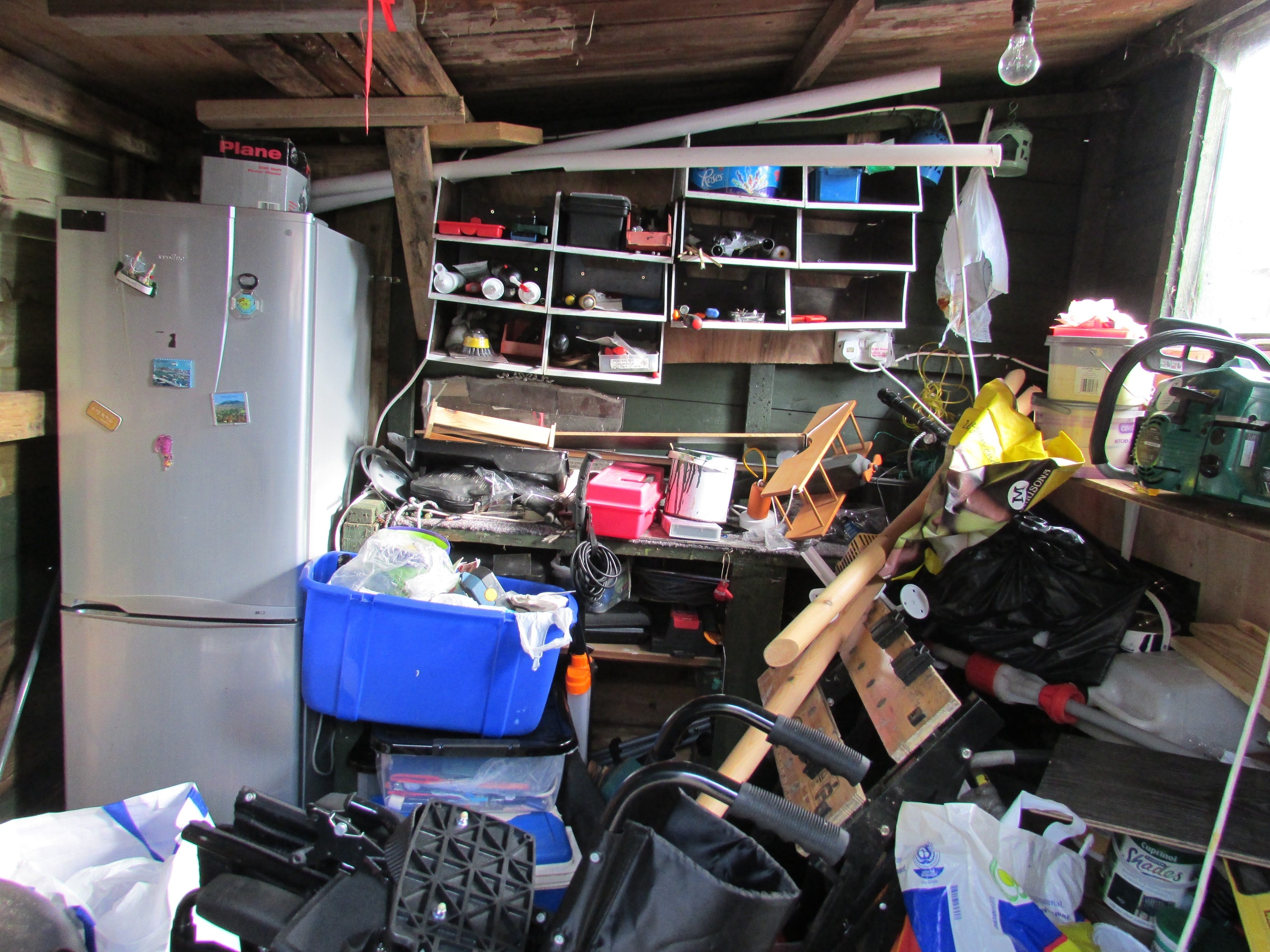
1. **Declutter Your Physical Space**Clutter in our homes isn’t merely an aesthetic issue; it’s a silent drain on our mental energy and a significant influencer of our overall well-being. A 2023 study highlighted that “the overaccumulation of possessions significantly lowers life satisfaction and well-being across all age groups, from university students to older adults.” This isn’t just about inconvenience; it’s about how our physical environment impacts our inner state.
Researchers emphasize that physical clutter is “linked to heightened stress, binge eating and even work-related tension.” An untidy environment disrupts the functionality of your space, making it harder to relax and focus, quietly diminishing your quality of life. The challenge often lies in overcoming “indecision and procrastination,” fueled by the overwhelming nature of the task at hand.
However, the good news is that you don’t need to tackle it all at once. Taking small, actionable steps can effectively dismantle these mental roadblocks. To begin, choose a “clutter hotspot” – a small, high-impact area like your bedside table or kitchen counter. Clear it completely and experience the immediate sense of relief and calm this simple act provides.
For ongoing decluttering, break the task into “15-minute tasks.” Set a timer and focus intently on organizing just one drawer, a single shelf, or a small corner. These small wins accumulate rapidly, building momentum and proving that significant change is possible. Adopt the “one in, one out” rule: for every new item you acquire, commit to letting go of something you no longer need, preventing future accumulation.
Finally, cultivate a mindful approach by asking yourself, “Does this serve me?” If an item doesn’t add genuine value or joy to your life, empower yourself to part ways with it guilt-free. Each conscious decision not only transforms your physical environment but also cultivates mental clarity and emotional peace, demonstrating that even tiny changes can make a profound difference to your mood and overall well-being.
Read more about: Unlock the Open Road: 12 Genius Ways to Double Your Car’s Cargo Space for Any Road Trip

2. **Declutter Your Digital Space**In our modern, hyperconnected world, digital clutter has become an invisible yet pervasive drain on our mental capacity and emotional equilibrium. It’s not just about overflowing inboxes; it’s about the constant barrage of notifications, unused apps, and disorganized files that silently contribute to a state of perpetual distraction and mental fatigue. This digital overload is far from harmless.
According to a 2019 study published in the International Journal of Mental Health and Addiction, “excessive screen time—defined as anything beyond two to three hours a day—is linked to cognitive decline, increased anxiety, lower self-esteem and other severe mental health issues.” Digital clutter acts as a significant time drain, consuming “nearly 45% of our waking hours and distracts us from meaningful activities, leaving us feeling dissatisfied.” A 2023 survey revealed that “an average American spends over seven hours a day on screens,” which can subtly rewire our brains for instant gratification and diminish our capacity for deeper, more fulfilling off-screen experiences.
The process of decluttering your digital life is more straightforward than it might appear, offering immediate benefits for your focus and peace of mind. A great starting point is your inbox: dedicate “10-15 minutes daily unsubscribing from unnecessary emails and deleting outdated messages.” This small, consistent effort can significantly reduce digital noise.
Next, “review your apps” regularly. Delete any applications you haven’t used in the past three months, thereby freeing up both digital storage and valuable mental space. Furthermore, “limit notifications” by turning off non-essential alerts. This simple act can dramatically reduce constant distractions, allowing you to regain control over your attention and cognitive resources.
Beyond apps and emails, tackle your digital files. “Create folders for work, personal and miscellaneous files and sort documents into these categories,” making it easier to find what you need and reducing the mental load of digital chaos. Crucially, establish “tech-free zones” in your home, such as your bedroom or dining table, making these spaces completely screen-free to set healthy boundaries. Lastly, use app timers or digital wellbeing tools to “set time limits” on your daily screen time for social media and other non-essential applications. By consciously decluttering your digital space, you liberate your mind from constant interruptions, making room for greater clarity, focus, and a deeper connection to what truly matters in your life.
Read more about: Unlocking Genius: 14 Simple Ways Celebrity Designers Spark and Sustain Inspiration Daily
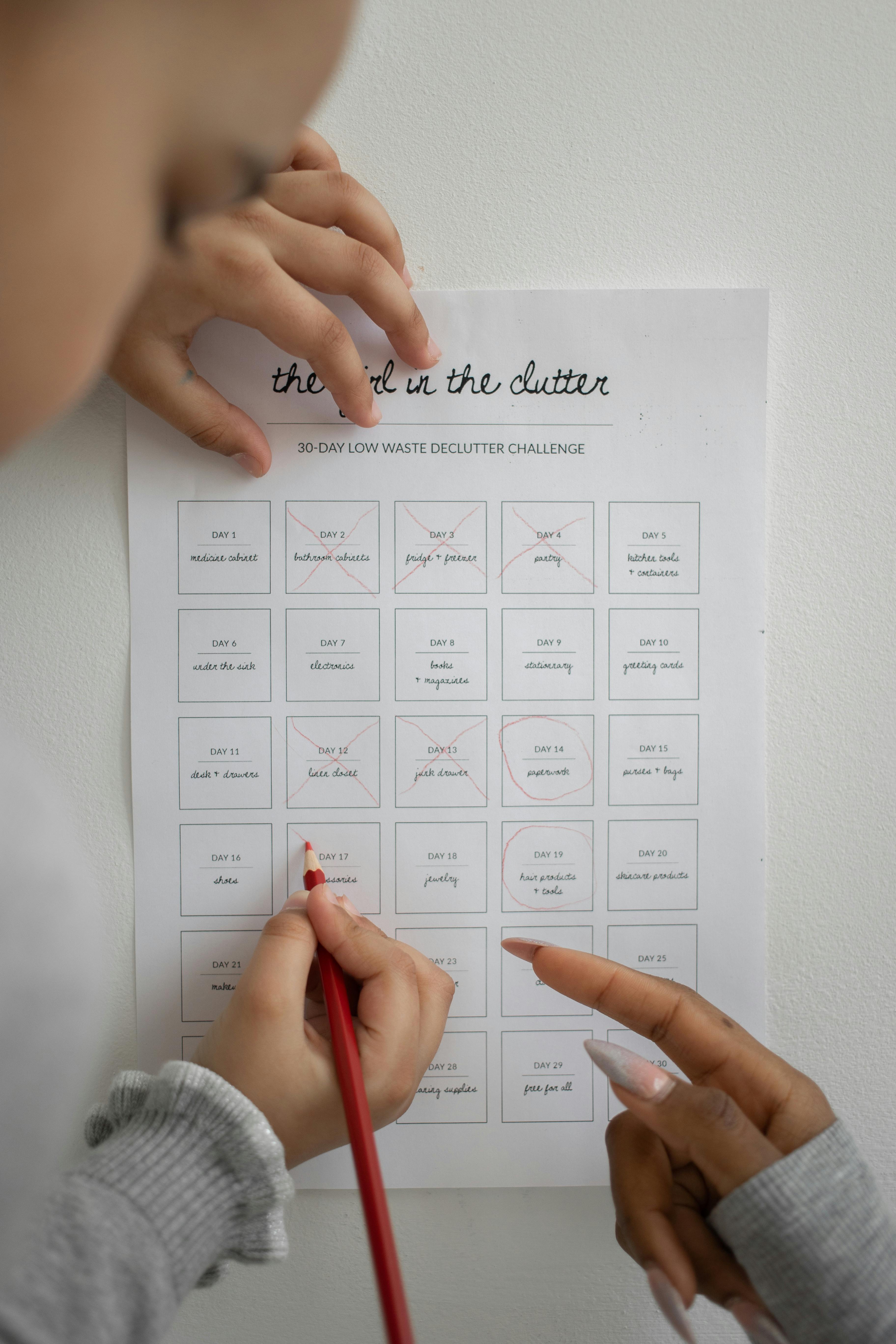
3. **Declutter Your Schedule**Time is undoubtedly one of life’s most precious resources, yet it often feels like an elusive commodity. A cluttered schedule, characterized by an abundance of unnecessary tasks, persistent distractions, and chronic overcommitments, can profoundly deplete your mental energy and plunge you into a state of perpetual overwhelm. Much like a chaotic physical workspace, an overcrowded calendar impedes your ability to focus, process information effectively, and make sound decisions, contributing to a generalized sense of unease.
Research published in the Personality and Social Psychology Bulletin illuminates this connection, finding that individuals who described their homes as “cluttered or ‘unfinished'” also exhibited “higher cortisol levels and report elevated depressed mood throughout the day.” This same principle applies to how we manage our time; when we consistently overbook ourselves or neglect to prioritize, the mental strain escalates, leaving us less effective, more stressed, and prone to burnout. The sheer mental load of trying to juggle too many tasks often leads to procrastination and indecision, further trapping us in a cycle of unproductive anxiety.
However, just as decluttering your physical space can bring order, organizing your time can be equally transformative, ushering in clarity, enhanced focus, and a profound sense of calm. To begin this essential process, “conduct a time audit.” For one week, meticulously track all your activities to pinpoint and subsequently eliminate any time-wasting tasks or commitments that do not genuinely align with your core priorities and goals. This objective assessment provides invaluable insights into where your time truly goes.
Once you have a clearer picture, learn to “focus on what matters.” Prioritize those high-impact tasks that directly contribute to your most important goals, consciously deferring less essential activities for later or, ideally, delegating them altogether. A powerful tool in this endeavor is learning to “say no.” By setting firm boundaries and gracefully declining non-essential commitments, you actively free up invaluable time and mental energy for pursuits that genuinely resonate with you and your well-being.
Further optimize your schedule by choosing to “group similar tasks.” Batching related activities, such as responding to emails or running errands, into designated blocks of time not only saves time but also conserves mental energy by reducing task-switching. Equally important, “schedule regular breaks” throughout your day. Deliberately weaving in downtime allows you to recharge, preventing burnout and ensuring sustained long-term productivity and mental acuity. Ultimately, a thoughtfully organized calendar serves as a powerful reflection of a well-organized mind, empowering you to live with greater intention, purpose, and clarity.
Read more about: Navigating the Sale: The 14 Worst Financial Mistakes First-Time Home Sellers Must Avoid for Optimal Returns
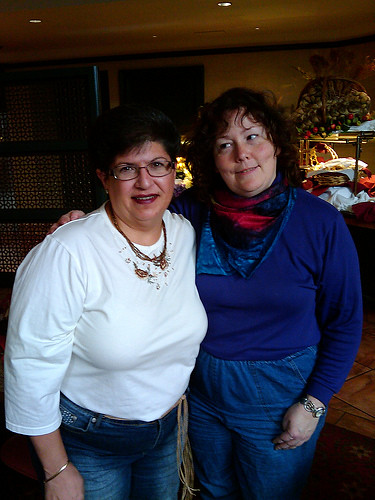
4. **Declutter Your Relationships**Our relationships are intricate tapestries that profoundly shape our mental and emotional well-being. Just as physical clutter can weigh us down, unhealthy or draining relationships can insidiously sap our energy, amplify stress, and impede our personal growth. The start of any new season, or simply a moment of self-reflection, presents an ideal opportunity to honestly evaluate your connections and discern which ones genuinely align with your deepest values, and which might inadvertently be holding you back from your fullest potential.
To begin the process of evaluating relationship clutter, engage in a series of introspective questions. First, “How does this relationship make me feel?” Take a moment to reflect on whether interactions with a particular individual consistently leave you feeling supported, uplifted, and joyful, or if they more often leave you feeling depleted, frustrated, or anxious. Your emotional responses serve as key, honest indicators of whether a relationship genuinely enhances or subtly detracts from your overall well-being.
Next, consider, “Is there mutual effort and reciprocity?” Healthy and thriving relationships are fundamentally built on a foundation of balance and shared investment. If you consistently find yourself as the sole initiator, the perpetual compromiser, or the primary source of support, it may signal an unhealthy and unsustainable dynamic. Relationships that are truly emotionally resilient and fulfilling are those where effort is genuinely reciprocated.
Another crucial question is, “Can I communicate openly and honestly?” Authentic connections are deeply rooted in trust and the freedom of open expression. If you frequently feel unable to voice your true thoughts, feelings, or needs without fear of judgment or conflict, the connection may unfortunately lack the essential emotional safety required for genuine intimacy and growth. This inability to be yourself can be a significant source of underlying anxiety.
Finally, reflect on, “Are my boundaries respected?” Boundaries are vital safeguards that protect your emotional and mental well-being. If someone consistently or intentionally disregards your expressed limits, it may be a clear indicator that it’s time to re-evaluate their role and influence in your life. Disrespected boundaries erode trust and can lead to persistent feelings of resentment and anxiety.
To actively declutter your relationships, begin by consciously “limiting time with individuals who consistently bring negativity or drain your energy.” This isn’t about being unkind, but about self-preservation. Instead, make a deliberate choice to “invest in meaningful connections that uplift, inspire and align with your values.” For relationships that you value and believe are “worth salvaging,” initiate “open and honest conversations to address issues and work toward mutual understanding” and respectful change. Crucially, make dedicated space for solitude, as it is an “essential for recharging and reflecting on what you truly need from your connections.” This holistic approach ensures that your relationships genuinely contribute positively to your emotional well-being and fuel your personal growth.
Read more about: 14 Proven Side Hustles That Can Earn You $500 Weekly in Under 10 Hours

5. **Begin With Your Mindset**Before we even touch on physical or digital spaces, the most profound decluttering often begins within our own minds. Our mindset dictates how we perceive and react to the world, and holding onto unhelpful thought patterns can be a major source of anxiety. As the context wisely notes, “We find evidence for what it is we focus on.” If our minds are perpetually trained on negativity or what isn’t going well, we inevitably notice the negative more, creating a self-reinforcing cycle of worry. Conversely, we can deliberately “habituate our minds to be on the lookout for the good stuff daily.”
Cultivating a more present-focused mindset is another powerful way to declutter internal noise. We often find ourselves drifting, spending “so much of our time in the past or in the future and miss out on what is happening right in front of us.” This constant mental time-travel, whether “worrying (the future) or rehashing (the past),” robs us of the peace available in the ‘now.’ Learning to notice when your mind strays and gently guiding it back to “what’s here now” is a fundamental practice. Tools like meditation are excellent for training our minds to be more engaged with the present moment, reducing the mental chatter that feeds anxiety.
To further clear your mind of swirling thoughts, implement a “daily brain dump.” This simple yet effective practice involves getting “all of your to-do’s, worries, and thoughts down on paper first thing in the morning.” Alternatively, keep a notebook and pencil by your bed to jot down those random, often intrusive thoughts that tend to surface when your mind is full late at night. Externalizing these thoughts, rather than letting them endlessly loop in your head, creates mental space and provides a sense of control.
Finally, consider a “digital or screen detox” to declutter your mind and create room for creative thought. Dedicating a weekend day or even a shorter block of time to being completely screen-free can significantly reduce mental stimulation and allow your mind to wander, reflect, and innovate without constant digital interruption. This intentional break fosters a sense of mental refreshment, enabling you to return to your responsibilities with renewed clarity and reduced anxiety, proving that a proactive approach to your mindset is a cornerstone of inner peace.
Read more about: Unlock Your Potential: Simple Secrets to Using Your Network to Find the Perfect Mentor

6. **Reassess and Align Your Priorities**After the whirlwind of life’s challenges, especially in recent years, a crucial step in mental decluttering is pausing to reflect. This moment of introspection allows us to consider “what you have learned” and, more importantly, “what you want to let go of, and what gets to stay.” It’s an invitation to acknowledge how experiences have shaped you and to consciously choose what elements you want to carry forward. For instance, if you’ve discovered an appreciation for a slower pace or more downtime, you might decide to “keep one day on the weekend for unscheduled rest or fun,” deliberately safeguarding your peace.
This reflection naturally leads to the powerful act of identifying your core values. Pinpointing “your top four values (what matters most to you—think nature, learning, community)” serves as a compass for your life. Knowing these fundamental drivers allows them to “guide your actions and priorities.” This clarity helps ensure that your energy and time are invested in ways that truly resonate with your authentic self, reducing internal conflict and the anxiety that arises from misalignment.
Once your top values are clear, they become an invaluable filter for decision-making. For example, if “family is one of your top values,” you can use this as a benchmark. Each time you face a choice—whether to “take on a work project or say yes to a social engagement”—you can pause and “ask yourself if you are allowing enough family time.” This practice not only keeps your priorities and actions in check but also fosters a deeper sense of integrity and purpose, significantly reducing the stress of feeling pulled in too many directions. Aligning your life with your deepest values creates an inner coherence that acts as a powerful buffer against anxiety.
Read more about: Beyond the Hype: The 11 Most Common Pitfalls That Lead Startups to Failure and How Savvy Founders Can Beat the Odds
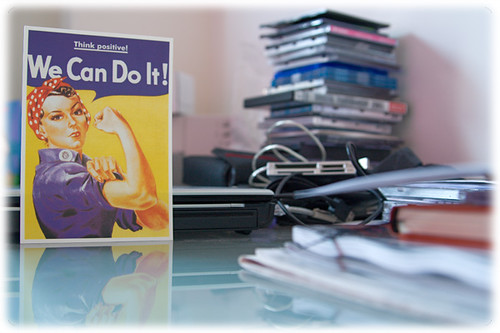
7. **Track and Manage Your Energy**Understanding and managing your energy is a profound form of decluttering, as it helps you shed activities that deplete you and embrace those that uplift you. Begin by actively “tracking your energy”: consciously “notice your level of energy when engaged in various activities or tasks.” Pay attention to what leaves you feeling invigorated and what leaves you feeling drained. This self-awareness is key to making intentional choices that support your well-being.
Once you identify activities that energize you, such as gardening, which might make you feel “relaxed, calm, and content,” make a deliberate effort to “carve out time for more of that.” Simultaneously, be mindful of activities that drain you, like excessive social media use, and consciously reduce your engagement with them. This simple shift ensures you are proactively replenishing your internal reserves rather than constantly depleting them.
For those tasks that are necessary but consistently tire you out—perhaps “cooking dinner and deciding what to make”—look for creative solutions. This might involve “meal plan[ning], assign[ing] other family members to make dinner on certain nights, or order[ing] a meal subscription service.” The goal is to offload or streamline draining responsibilities whenever possible, preventing mental fatigue from accumulating.
Ultimately, the principle is straightforward: “When possible, do more of what energizes you and less of what drains you.” This involves a continuous evaluation of “What can you add, delete, or delegate from your to-do list?” By consciously managing your energy, you create a more sustainable rhythm for your life, reduce feelings of overwhelm, and cultivate a mental state that is less prone to anxiety and more open to peace and fulfillment.
As we continue our journey toward a lighter, clearer you, remember that true well-being is a holistic endeavor. While the first steps focused on decluttering the visible and invisible spaces around you, the next set of strategies delves into active practices that directly reduce anxiety, foster resilience, and nurture your inner peace. These aren’t just tips; they are invitations to integrate powerful, life-enhancing habits into your daily rhythm, often achievable in mere minutes. Let’s dive into these transformative actions, building on the foundation we’ve already laid.
Read more about: 2025 SUVs with Full-Size Spares: Your Guide to Uncompromised Preparedness

8. **Get Moving and Embrace Physical Activity**When anxiety strikes, our bodies naturally prepare for ‘fight or flight,’ a primal response designed for physical action. This instinct often manifests as restlessness or a feeling of being ‘wired.’ By consciously engaging in physical activity, you effectively release this pent-up energy, allowing your body to complete the stress cycle and signal to your mind that the perceived threat has passed. It’s a powerful, innate mechanism for regaining calm.
Even a brisk walk can work wonders. If heading out isn’t feasible, don’t underestimate the power of movement within your own home. Simple actions like a few sets of jumping jacks or pushups can get your blood flowing, providing a much-needed physical outlet for anxious energy. The key is to engage your body actively, transforming mental agitation into productive physical release, proving that physical effort is not only good for your body but profoundly beneficial for your brain.
Consider taking a mindful walking meditation, where you intentionally focus on your breath, the sensation of your feet on the ground, and the sights and sounds around you. This practice combines physical movement with present-moment awareness, grounding you and preventing your mind from drifting into anxious thoughts. It’s an effective way to not only exercise but also cultivate peace of mind and truly enjoy your surroundings.
Beyond immediate anxiety relief, integrating regular movement into your life ushers in a renewed sense of energy, aligning with the hopeful feeling of a fresh season. This could be anything from stepping outside each morning to breathe in the cold air, starting the day refreshed, to committing to a new healthy habit like stretching for five minutes daily to increase flexibility and prevent injuries. The consistent practice of moving your body helps calm your mind and opens up creative thought, empowering you with sustained well-being.
Read more about: Navigating the Nation’s Toughest Roads: The 15 U.S. States with the Strictest Vehicle Inspection and Emissions Laws

9. **Seek Professional Guidance**There are times when the weight of anxiety feels too heavy to lift on your own, when its symptoms begin to interfere significantly with the fabric of your daily life—your work, relationships, and overall happiness. In such instances, seeking professional help is not merely an option, but a crucial act of self-care and empowerment. It signifies a courageous step towards reclaiming control and investing in your mental health journey.
Finding a qualified therapist can be a game-changer. These dedicated professionals are adept at employing evidence-based strategies, such as Cognitive Behavioral Therapy (CBT), to guide you through challenging thought patterns. A therapist can help you identify and reframe negative thoughts, recognize cognitive distortions like ‘catastrophizing,’ and work with you to find tangible evidence against your fears. This process systematically dismantles the power these thoughts hold over you.
Anxiety disorders are often deeply intertwined with thought patterns, making the examination and re-evaluation of these thoughts an incredibly effective coping mechanism. By learning to label your thoughts and understand their origins, you gain perspective and distance, becoming less afraid when they surface. This therapeutic work empowers you to challenge internal narratives, transforming what feels like an overwhelming thought disorder into a manageable and actionable challenge.
Investing in professional support means gaining access to expert insights and personalized strategies tailored to your unique experiences. It’s about building a toolkit with proven examples to manage anxiety symptoms, fostering resilience, and developing healthier thought processes. This foundation of support can illuminate the path towards lasting relief and a deeper sense of inner peace, affirming that you don’t have to navigate these challenges alone.
Read more about: Beyond the Silent Killer: Crucial High Blood Pressure Warning Signs Starting in Your Neck You Can’t Afford to Miss

10. **Cultivate Relaxing Hobbies**In the relentless pace of modern life, finding moments of genuine relaxation isn’t just a luxury; it’s a necessity for mental well-being. Think about those activities that truly allow you to unwind and feel completely calm, almost as if time melts away. Whether you consider it an indulgence or a simple pleasure, giving yourself permission to pursue what relaxes you is a profound act of self-care that can significantly reduce anxiety.
For many, engaging with a hobby offers a powerful antidote to stress. This could be as diverse as getting lost in the melodies of music, immersing yourself in the strategic world of video games, expressing your inner world through painting or other artistic endeavors, or simply dancing freely around your house. The common thread among these activities is their ability to draw you into a ‘flow state,’ where you are so deeply absorbed that worries recede, and you experience a sense of effortless focus and enjoyment.
Beyond daily hobbies, consider more expansive forms of relaxation if circumstances allow, such as taking a well-deserved vacation or indulging in a restorative massage. Even innovative experiences, like a sensory deprivation tank, can offer a unique retreat from your thoughts, guiding you to a serene and tranquil mental space. The goal is to consciously carve out time and space for activities that replenish your spirit.
Ultimately, the journey to a decluttered mind is deeply personal, and identifying your unique “relaxing place” is an essential part of it. This isn’t about escaping reality, but rather about creating a sanctuary for your mind and soul. By making these calming activities a regular part of your routine, you actively nurture your mental health, allowing yourself to frequently return to a state of peace and equilibrium, ready to face life’s demands with renewed energy.
Read more about: Remember These? 13 Baby Boomer Names That Are Practically Extinct on Today’s Playgrounds

11. **Nurture Your Social Circle**Humans are inherently social creatures; we evolved to thrive within supportive communities, or “tribes.” It comes as no surprise, then, that nurturing our social connections plays a vital role in reducing anxiety and significantly enhancing our mental health. Spending quality time with friends and family who genuinely care about you, and whom you trust, is more than just pleasant; it’s profoundly beneficial for your brain and emotional well-being.
The essence of this strategy isn’t solely about venting your anxieties or discussing your feelings, though those conversations certainly have their place. Instead, it’s about the sheer comfort and positive emotional resonance that comes from being in the company of people who uplift you. These interactions can naturally improve your mood, foster a sense of happiness, and help you release the grip of anxiety, often without a direct discussion of your worries.
There’s a unique sense of belonging and affirmation that comes from sharing laughter, celebrating successes, and simply being present with those who appreciate you for who you are. This shared human connection reminds you that you are not alone in your struggles, bolstering your sense of security and overall mental fortitude. It’s about creating a buffer against isolation and reinforcing your support system.
Therefore, make a conscious effort to identify the people in your life who consistently make you feel good, inspire joy, and offer genuine appreciation. Seek out opportunities to spend more time with them, whether through planned gatherings or spontaneous moments. By actively investing in and cherishing these meaningful connections, you reinforce your mental resilience and create a vibrant social safety net that enriches your life and lessens the burden of anxiety.
Read more about: Beyond the Gleam: Unpacking the Enduring Allure of Classic Cars and the Resurgence of Automotive Heritage Shows

12. **Establish Empowering Routines**Anxiety often thrives in the unpredictable, leaving you feeling adrift and without a sense of control. This is where the profound power of creating and adhering to routines comes into play. Incorporating intentional, anxiety-reducing practices into your daily schedule is not merely about organization; it’s about establishing a framework that provides structure, predictability, and a crucial sense of stability, which can significantly minimize severe symptoms.
The most effective way to integrate these practices is to be deliberate and disciplined. Literally schedule time in your calendar for activities aimed at getting rid of anxiety and panic attacks. This might seem militant, but it underscores the importance you place on your mental well-being. Block out specific times for relaxation, for connecting with friends and family, or for your daily walk and exercise. Treat these appointments with the same respect as any other important commitment.
Begin by structuring key junctures of your day, such as establishing a calming morning routine that sets a positive tone, and a soothing night-time routine that prepares you for restful sleep. Use reminders on your phone to keep yourself accountable and ensure you follow through with these self-care intentions. The act of adding structure to your life provides a tangible semblance of control, gradually building your confidence and diminishing the chaotic grip of anxiety.
By intentionally carving out time for your mental health and consistently engaging in these practices, you transform a potentially overwhelming force into something manageable. A well-crafted routine becomes a powerful ally, empowering you to navigate your days with greater intention and purpose. It’s a testament to the fact that even small, consistent acts of self-care, consciously integrated, can lead to monumental shifts in your overall peace of mind.
Read more about: Drive Smarter, Not Harder: Master Your Car’s Digital Assistant Without Losing Focus
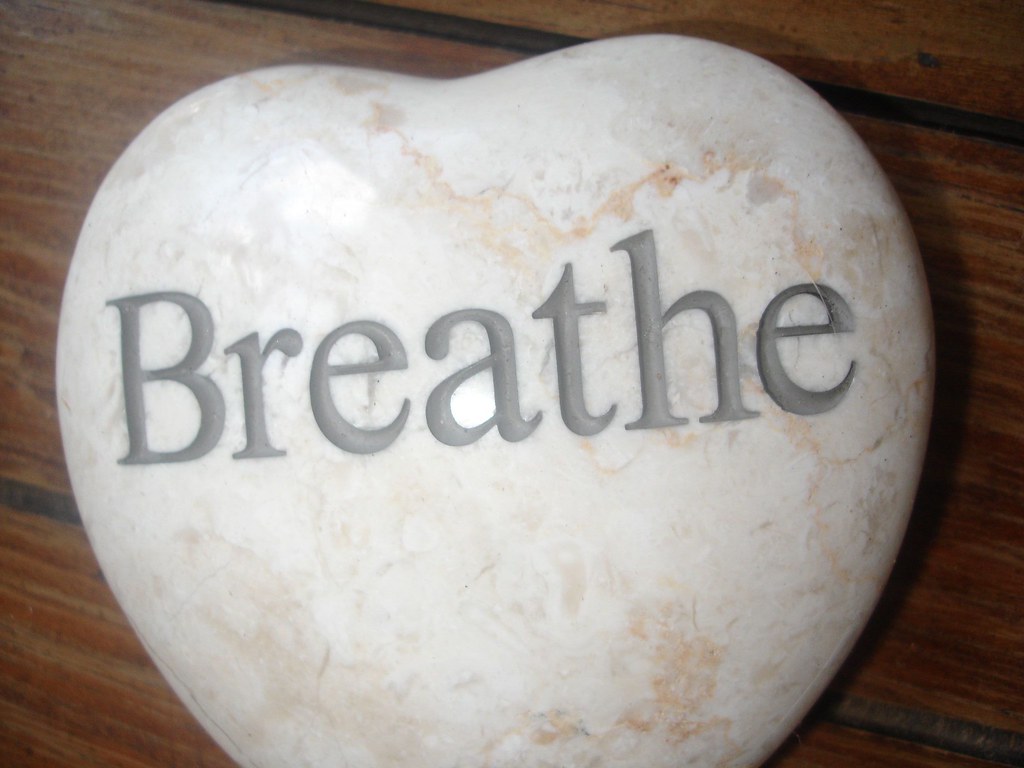
13. **Master Deep Breathing Techniques**Amidst the whirlwind of anxious thoughts, a fundamental yet remarkably effective tool often goes overlooked: deep breathing. This simple, accessible technique is a cornerstone of anxiety reduction, capable of profoundly impacting your physiological and psychological state. Regular practice of deep breathing can slowly reverse the effects of an anxiety disorder, offering immediate relief and long-term benefits for your overall well-being.
When we experience intense worry, our breathing tends to become shallow and rapid, inadvertently signaling a state of alert to our nervous system. Deep breathing, conversely, actively calms the nervous system, bringing more oxygen to your brain, which directly promotes a sense of tranquility. The key is to shift from shallow chest breathing to deeper, more deliberate belly breathing – the natural way babies breathe. This intentional engagement of your diaphragm stimulates the vagus nerve, which is crucial for regulating stress responses and fostering relaxation.
Practicing deep, slow breaths—inhaling deeply through your nose, allowing your belly to rise, and exhaling slowly through your mouth—becomes a powerful anchor in moments of stress. This self-care practice doesn’t require any special equipment or a team of medical professionals; it’s always available to you. Whether you’re preparing for a challenging meeting, struggling to fall asleep, or simply feeling overwhelmed, taking a few deep, mindful breaths can quickly bring a wave of calmness.
Embrace this technique as your personal anxiety antidote. Make it a regular part of your day, perhaps before your therapy session, during a stressful moment, or as part of your winding-down routine. By consciously focusing on your breath, you reclaim control over your physiological responses, cultivating a profound sense of inner peace and resilience that empowers you to manage anxious thoughts and live with greater serenity.
Read more about: From Explosions to Animatronics: The Unsung Practical Effects Making a Comeback in Today’s Blockbusters
And so, we arrive at the culmination of our guide, a comprehensive exploration of 14 transformative ways to declutter your mind and reduce anxiety. From organizing your physical surroundings to nurturing your deepest connections and mastering the art of mindful breathing, each step is an invitation to create space for what truly matters. Remember, this isn’t about achieving an elusive state of perfection, but rather about embracing a continuous practice of reflection, realignment, and self-compassion. Every small decision to declutter, every moment of intentional breath, every conscious choice to prioritize your well-being, contributes to a profound and lasting transformation. You have the power within you to cultivate a life that is lighter, clearer, and filled with a profound sense of peace. Keep going, and celebrate every step of your incredible journey.



